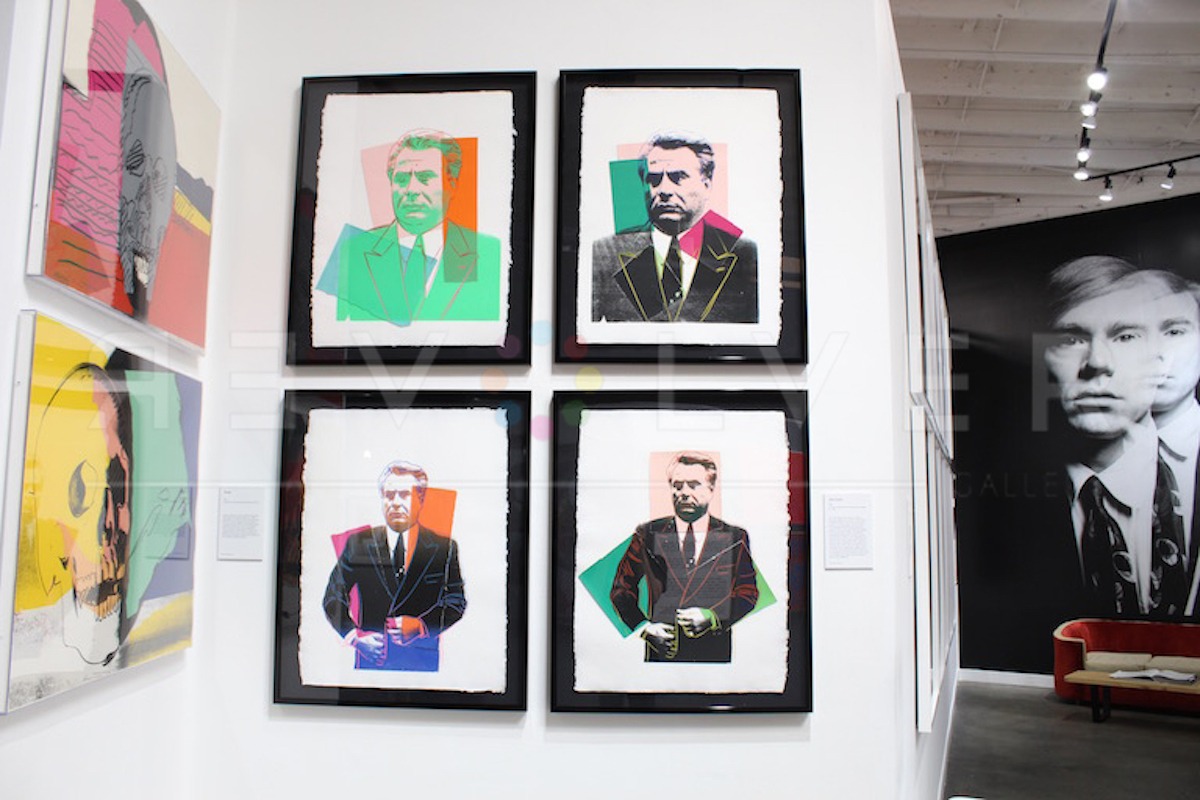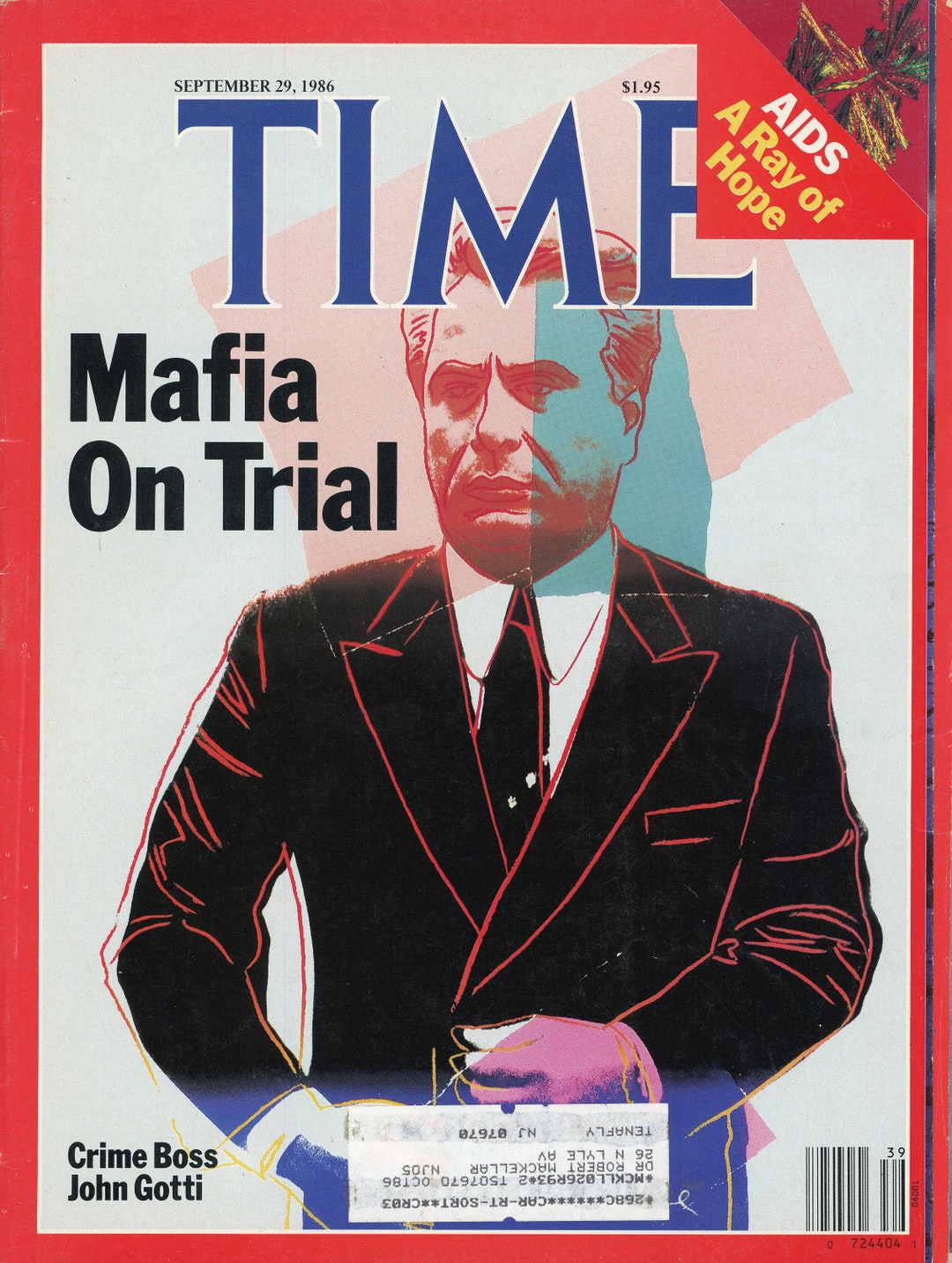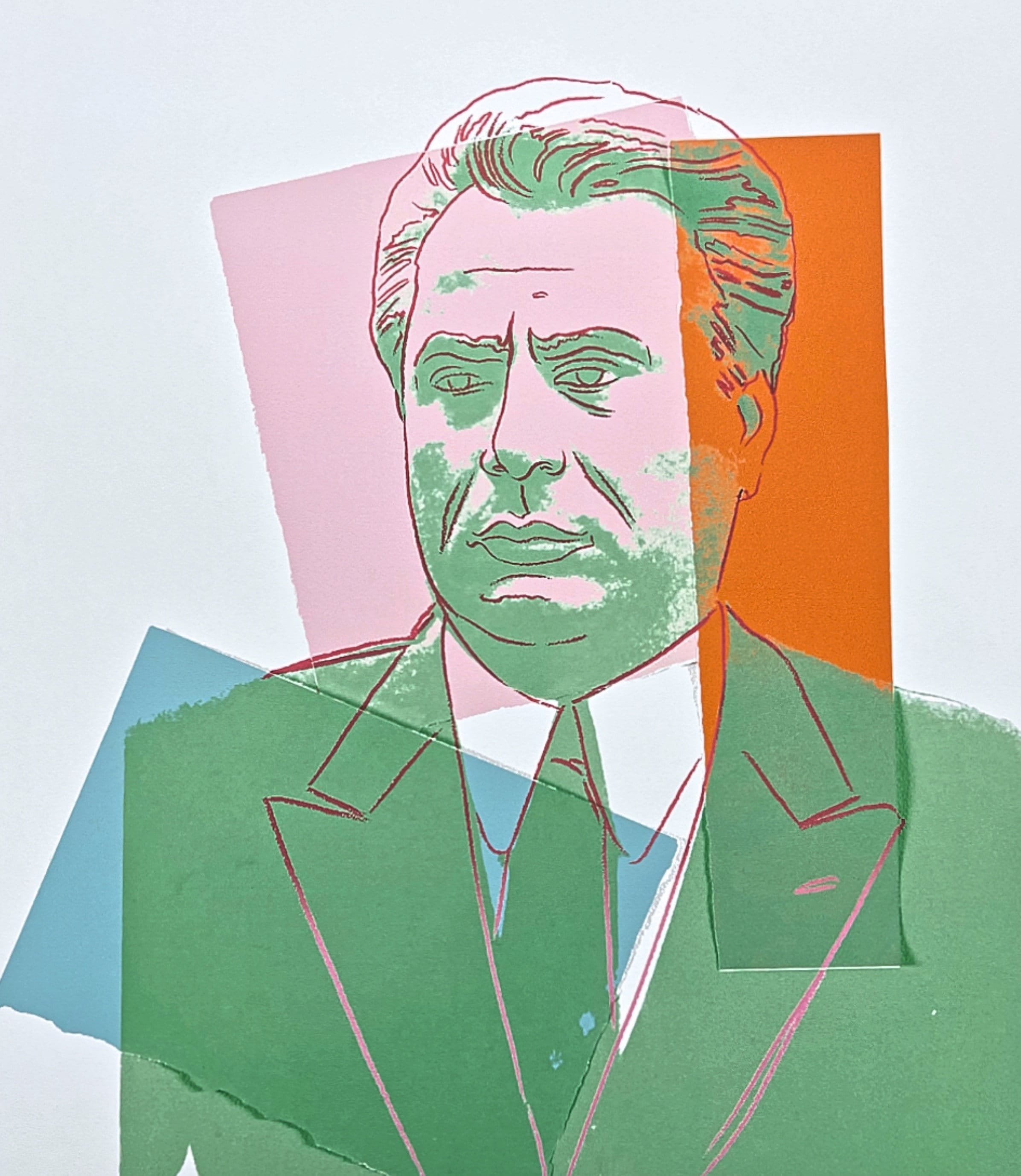When you hear the name "Andy," your mind might wander to quite a few different places. Perhaps you think of a handy tool that lets you run mobile applications on your personal computer, offering an easy way to download and install android apps and games for your windows pc or mac. Maybe it brings to mind a popular name for a baby, a term with roots in Greek and Latin, meaning something like "man" or "a person of great strength." Some folks, too it's almost, might even consider it a bit of slang from certain online communities, applied to content creators based on their material or how they behave. Yet, for many, that single name, Andy, conjures up a truly iconic figure: Andy Warhol, the trailblazing artist whose creative vision shaped an entire era of American culture.
It's fascinating, really, how a single name can hold so many different ideas and associations. This very concept of diverse meanings, of symbols taking on new life, was something Warhol himself understood profoundly. He made a practice of taking everyday items, things we see all the time, and presenting them in a fresh light, making us consider their true essence. His work, in a way, broke down barriers, much like an android emulator that lets you effortlessly and seamlessly run a mobile system on your desktop, bridging the gap between different digital environments.
But what happens when the world of high art, with its bright colors and thoughtful provocations, seemingly brushes up against a very different kind of power structure, one rooted in the city's gritty underbelly? This is where the intriguing, almost mythical, connection between Andy Warhol and John Gotti begins to spark curiosity. It's a pairing that, to be honest, seems quite unlikely, a true contrast in personalities and public roles, yet the sheer thought of it catches people's attention, making us wonder about the hidden threads that might connect seemingly disparate parts of a bustling city.
Table of Contents
- Andy Warhol: A Life in Art
- John Gotti: The Dapper Don
- The Alleged Connection: Fact or Fiction?
- The Cultural Crossroads of 1980s NYC
- Why This Pairing Captivates
- FAQs About Warhol and Gotti
Andy Warhol: A Life in Art
Andy Warhol, born Andrew Warhola, emerged as a central figure in the pop art movement. His early career, actually, saw him making a name for himself in commercial illustration. He had a knack for drawing and a very distinct style, which quickly gained recognition in the advertising world. But it was his shift to fine art that truly changed the game, making him a household name. He challenged traditional ideas about what art could be, and also who could make it. His approach was quite revolutionary, taking everyday objects and turning them into subjects for serious artistic contemplation.
He was a master of using mass production techniques, like silk-screening, to create his art. This method allowed him to produce multiple versions of the same image, blurring the line between unique artistic creations and items made for the masses. Think of his iconic Campbell's Soup Cans or his portraits of famous people like Marilyn Monroe and Elvis Presley. These pieces weren't just pictures; they were comments on consumerism, celebrity, and the nature of fame itself. He really understood the power of imagery in modern society, and how it could shape our collective view of the world. His studio, The Factory, was more than just a place to make art; it was a vibrant hub, a social gathering spot for a diverse group of artists, musicians, writers, and various fascinating characters, all buzzing with creative energy.
Warhol had a way of observing the world, of picking up on its quirks and its glamor, and then reflecting it back to us through his unique lens. He was, in some respects, a chronicler of his times, capturing the essence of an era obsessed with fame, money, and appearances. His legacy continues to influence artists and thinkers today, proving that his ideas were very much ahead of their time. He showed us that art could be everywhere, not just in galleries, but in the most ordinary things we encounter daily, making him a truly enduring figure in the story of modern art.
Personal Details and Bio Data of Andy Warhol
| Full Name | Andrew Warhola Jr. |
| Known As | Andy Warhol |
| Born | August 6, 1928 |
| Birthplace | Pittsburgh, Pennsylvania, U.S. |
| Died | February 22, 1987 (aged 58) |
| Nationality | American |
| Occupation | Artist, film director, producer |
| Movement | Pop Art |
| Signature Works | Campbell's Soup Cans, Marilyn Diptych, Shot Marilyns, Chelsea Girls |
John Gotti: The Dapper Don
On the other side of the city's social spectrum was John Gotti, a name that carried a very different kind of weight in New York City. He became, arguably, one of the most well-known figures associated with organized crime in America during the late 20th century. Gotti rose to prominence within the Gambino crime family, eventually taking over as its head. His public persona, in a way, was a stark contrast to the shadowy figures often associated with such activities. He was often seen dressed in expensive suits, earning him the nickname "The Dapper Don," which really stuck.
His trials, you know, were a massive media spectacle, drawing huge amounts of attention from across the country. He had a certain charisma, a kind of magnetic presence that captivated many, even as he faced serious accusations. This public fascination with Gotti was a reflection of a broader cultural interest in power, defiance, and the often-romanticized image of the outlaw. He represented, for some, a different kind of American story, one rooted in the streets rather than the galleries or boardrooms.
Gotti's story is one of ambition, control, and ultimately, a fall from grace. His influence was felt deeply in certain parts of the city, and his name became synonymous with a particular era of crime and celebrity in New York. While Warhol was busy transforming commercial images into high art, Gotti was, in a sense, transforming himself into a public figure, a character in the city's ongoing drama, a sort of real-life anti-hero for many. The sheer contrast between these two men, one a celebrated artist and the other a notorious crime boss, makes any hint of a shared moment incredibly intriguing.
The Alleged Connection: Fact or Fiction?
So, did the paths of Andy Warhol and John Gotti actually cross? This is a question that has sparked quite a bit of discussion and speculation over the years. The idea of the pop art icon, known for his love of celebrity and high society, rubbing shoulders with the head of a major crime family seems, at first glance, like something out of a movie script. And yet, New York City in the 1980s was a place where different worlds sometimes bumped into each other in unexpected ways. It was a city, after all, where everything seemed possible, and where the lines between various social circles could, at times, become a little blurry.
There isn't, as a matter of fact, any widely accepted, concrete evidence that Andy Warhol and John Gotti had a direct, personal friendship or a close working relationship. Warhol kept extensive diaries, and while they detail countless encounters with famous and infamous figures from all walks of life, Gotti's name does not prominently appear as a regular associate. Warhol was, of course, known for being fascinated by all kinds of people, from movie stars to politicians to the city's more colorful characters. He loved to observe, to document, and to collect experiences, which sometimes led him into unusual social situations.
The whispers of a connection often stem from the fact that both men operated in New York City during the same period, both achieved a certain level of public notoriety, albeit for very different reasons, and both were, in their own ways, masters of image and perception. Warhol crafted his own public persona with great care, much like a brand, and Gotti, too, understood the importance of how he was seen by the world. It's more likely that any "connection" was tangential, perhaps through mutual acquaintances who moved in overlapping social circles, or simply through the shared atmosphere of a city where powerful figures, regardless of their background, often found themselves in the same popular spots, or at least heard about each other.
One common story, you know, involves a rumored commission. The idea floated around that Gotti or someone close to him might have wanted a portrait done by Warhol, perhaps as a status symbol. Warhol was, after all, the go-to artist for anyone looking to make a statement with their image. However, there's no solid proof that such a commission ever actually happened or was even seriously discussed. It remains, essentially, a persistent rumor, a tantalizing "what if" that adds to the mystique surrounding both figures. The truth is, sometimes the stories we tell about famous people are more about our own desire for dramatic pairings than they are about actual historical events.
The Cultural Crossroads of 1980s NYC
To truly appreciate why the idea of Andy Warhol and John Gotti even being in the same sentence holds such allure, you have to consider the very unique atmosphere of New York City in the 1980s. It was a time of immense contrasts, a city that was, in many ways, a melting pot of extreme wealth and stark poverty, of dazzling creativity and gritty crime. The art scene was booming, with new galleries and movements springing up everywhere. Downtown clubs were buzzing with music and fashion, drawing in artists, musicians, and socialites alike. It was a place where anything felt possible, and where boundaries between different social groups could, at times, become wonderfully blurred.
At the same time, the city was grappling with significant social issues, and organized crime still held a noticeable presence, particularly in certain neighborhoods. Figures like Gotti, with their flashy style and public defiance, became, in a way, symbols of a different kind of power, one that operated outside the traditional structures. This duality, this push and pull between the glamorous and the dangerous, the legal and the illicit, made New York a truly compelling place to be. It was a city that, arguably, thrived on its own contradictions, and this very dynamic helped shape the stories that emerged from it.
Warhol, with his constant presence at parties and events, his camera always ready, was very much a part of this vibrant, sometimes chaotic, social fabric. He documented the glitterati, the underground, and everyone in between. He was interested in the spectacle of life, and the 1980s in New York offered an abundance of it. The idea that he might have encountered someone like Gotti, even briefly, isn't entirely far-fetched within this context. It speaks to the idea that in a city so dense with different kinds of energy, different worlds were, more or less, bound to intersect, even if just for a fleeting moment, or through the stories that people told about them.
Why This Pairing Captivates
The enduring fascination with the potential connection between Andy Warhol and John Gotti really says a lot about our human attraction to stark contrasts and unexpected pairings. On one hand, you have Warhol, the ultimate chronicler of celebrity, consumer culture, and the superficiality of modern life, a rather gentle and observant figure who moved through the art world with a quiet, yet powerful, presence. He was, in a way, the high priest of pop, turning the mundane into something extraordinary. His tools were paint, silk screens, and a camera, and his canvas was the very fabric of popular culture.
Then, you have Gotti, a figure who embodied raw power, a different kind of celebrity, one forged in the unforgiving streets of New York. His world was about loyalty, control, and reputation, often enforced through means that were very much outside the law. He was, basically, a figure of fear and respect, commanding attention through sheer force of will and a very public display of defiance. His tools were influence and intimidation, and his stage was the city itself, with its complex web of allegiances and rivalries.
The thought of these two figures, so fundamentally different in their spheres of influence and their methods, somehow meeting or even acknowledging each other, creates a powerful narrative tension. It's the ultimate "odd couple" scenario, a meeting of two distinct American archetypes: the detached, ironic artist versus the charismatic, iron-fisted boss. This kind of juxtaposition makes us think about the broader themes of power, fame, and authenticity in society. It asks us, too, to consider how different forms of influence operate and how they might, just might, intersect in the most surprising of ways.
It's also a testament to the enduring allure of New York City itself, a place where legends are made and where the most unlikely stories can, seemingly, take root. The city has always been a stage for larger-than-life characters, and Warhol and Gotti were, in their own unique ways, two of its most unforgettable performers. The speculation about their connection, even if it's largely based on rumor, serves to highlight the rich, complex, and sometimes very strange tapestry of urban life, where art and crime, glamour and grit, can feel surprisingly close. Learn more about pop art history on our site, and link to this page for more on famous New York figures.
FAQs About Warhol and Gotti
Did Andy Warhol ever paint John Gotti?
There is no widely accepted evidence or confirmed record that Andy Warhol ever painted a portrait of John Gotti. While Warhol was known for his portraits of famous people and often took commissions, no such work featuring Gotti has ever been verified or publicly exhibited as part of Warhol's extensive body of work. It remains, more or less, a persistent rumor.
What was the relationship between Andy Warhol and organized crime?
Andy Warhol was a very social person who moved in diverse circles, and his diaries show he met countless individuals from all walks of life, including some with connections to the fringes of society or even crime. However, he was primarily an artist and a social observer, not directly involved in organized crime. His interest was often in documenting and reflecting the varied aspects of human existence, including the powerful and sometimes controversial figures of his time.
Why do people think Andy Warhol and John Gotti were connected?
The idea of a connection between Warhol and Gotti largely stems from their shared presence as prominent figures in New York City during the same era (the 1980s), and the general fascination with unlikely pairings of celebrities from very different worlds. Both men commanded public attention and were, in their own ways, masters of image. This led to speculation and rumors, even without concrete proof of a direct relationship, because the sheer contrast is, well, quite compelling.



Detail Author:
- Name : Miss Chanelle Pollich PhD
- Username : frank.cole
- Email : gaylord.rickey@gmail.com
- Birthdate : 2005-07-31
- Address : 756 Stacey Inlet West Ena, VT 16155-0885
- Phone : 901.215.0466
- Company : Lubowitz and Sons
- Job : Social Science Research Assistant
- Bio : Perferendis voluptatem alias natus eum debitis illum. Dolorem vitae doloribus doloremque numquam. Recusandae quia odit dicta sapiente non ipsa eos. Et quo quo corrupti magni minus.
Socials
facebook:
- url : https://facebook.com/kassandra3169
- username : kassandra3169
- bio : Et dolore non voluptate alias. Ad esse repellat rerum laboriosam.
- followers : 5945
- following : 2716
instagram:
- url : https://instagram.com/kassandra3104
- username : kassandra3104
- bio : Id quia commodi officia eos. Quo impedit tenetur nihil ea.
- followers : 6229
- following : 1511
linkedin:
- url : https://linkedin.com/in/kassandra.gusikowski
- username : kassandra.gusikowski
- bio : Ipsum et tempore minus officia non id sint.
- followers : 2939
- following : 2824